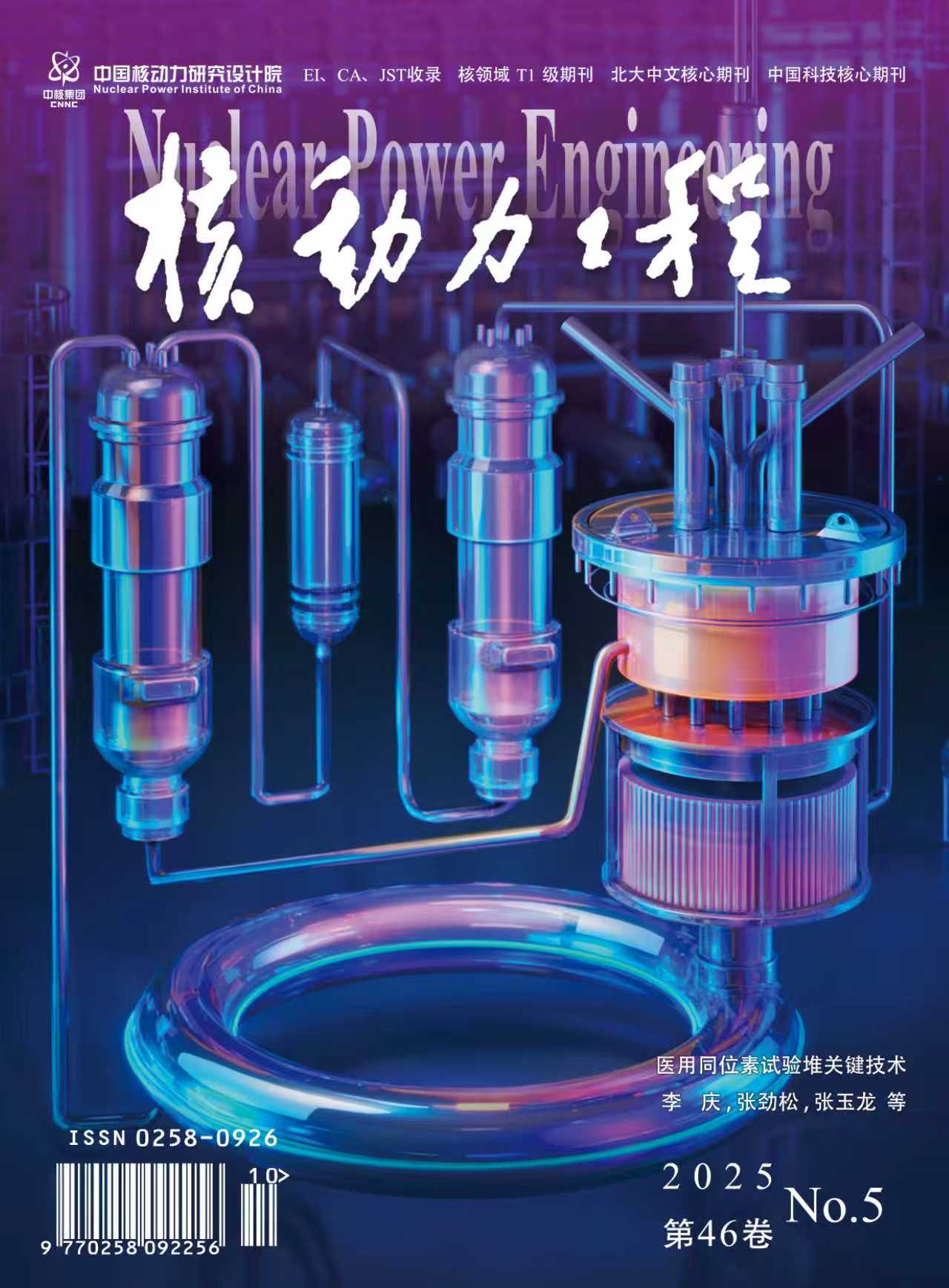2005 Vol. 26, No. 1
Display Method:
2005, 26(1): 1-5.
Abstract:
2005, 26(1): 6-10.
Abstract:
2005, 26(1): 11-14.
Abstract:
2005, 26(1): 15-18.
Abstract:
2005, 26(1): 19-22.
Abstract:
2005, 26(1): 23-27.
Abstract:
2005, 26(1): 28-34.
Abstract:
2005, 26(1): 35-39,50.
Abstract:
2005, 26(1): 40-43,69.
Abstract:
2005, 26(1): 44-50.
Abstract:
2005, 26(1): 51-53,83.
Abstract:
2005, 26(1): 54-58.
Abstract:
2005, 26(1): 59-62,87.
Abstract:
2005, 26(1): 63-64,87.
Abstract:
2005, 26(1): 65-69.
Abstract:
2005, 26(1): 70-74,95.
Abstract:
2005, 26(1): 75-79.
Abstract:
2005, 26(1): 80-83.
Abstract:
2005, 26(1): 84-87.
Abstract:
2005, 26(1): 88-90,95.
Abstract:
2005, 26(1): 91-95.
Abstract:



